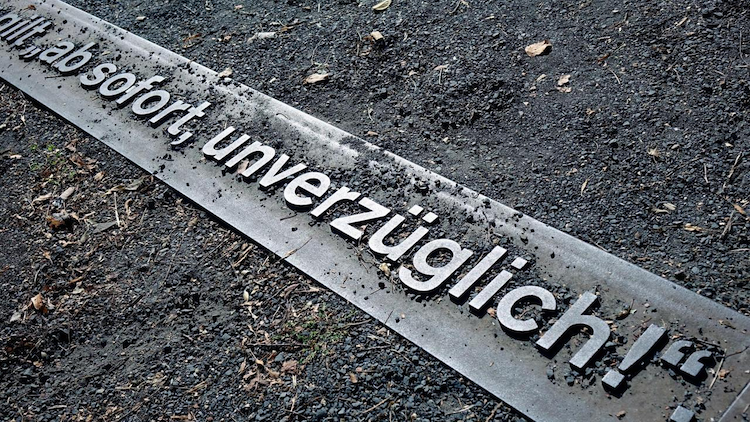The butterfly effect has nothing to do with actual butterflies!
The use of the butterfly stems from the way a diagram looked when data analyzing weather patterns was plotted.

The work was done by Edward Norton Lorenz investigating Chaos Theory. He found that if original conditions of weather were different by a hundredth of a percent, if the humidity were just a fraction higher, or the temperature a hair lower, the trajectories –what happens next –could be wildly different. Once Lorenz plotted the data he found that many of the trajectories remained within certain boundaries of a particular geometric shape known as a “strange attractor”. The plotting of the data produce the result shown in the picture above.
The concept of minor changes weather conditions could have major changes and what happens was then applied to the idea that if a butterfly waved its wings that something major could be caused on the other side of the world. Why the use of an actual butterfly is something that has been made up, the diagram above shows where the concept came from as the plotted data could arguably look like a butterflies wings.
The generalization of a physical event and it’s application to human activities is interesting but non-valid. The generalization being applied to an individual taking some form of action and the possibility that this could transform something on the other side of the world – called “The Butterfly Effect” -has some merit in that there are examples of individuals making a huge impact on the world.
One example is the destruction of the Berlin Wall. Simply put, errors in communication at a press conference by Günter Schabowski which occurred in 7 minutes started an historic event. It was interpreted that for all Eastern Germans the gates to West Germany were wide open and anyone could go without passports or permission. Gunter went home and slept after the press conference unaware what his flapping wings had caused. His words that triggered the misunderstanding are preserved in an interesting way in Berlin “From now on, without delay”.

The words of an ADR (a public TV station) presenter, Friedrichs , is believed to have been the trigger for the huge crowds that wanted to go to West Germany. But what he said was based on the errors made by Günter Schabowski in the press conference previously.
Here is what Friedfrichs reported: “The GDR has given in to the pressure: travel to the West is free. Good evening, ladies and gentlemen! Caution is advised when dealing with superlatives, they wear out quickly. But today you can risk one: this November 9 is a historic day. The GDR has announced that its borders are open to everyone, the gates in the wall are wide open.”
Soon after the Berlin wall was effectively no more.
Peter Senge in his book the Five disciplines referred to such events as ‘unexpected consequences”.
It was one of his systems thinking which awakened decision makers to expand their thinking. In this case to consider possible unexpected consequences of their decisions and actions.
In South Africa when coffee whitener was introduced there were two main producers. TV was very limited but equally very effective in communicating as the choices of what to watch was also limited. So reach was great. Ellis brown ran an ad which depicted a cartoon of a ‘dairy free cow’ sitting in a field enjoying coffee and welcoming the non dairy aspect of the whitener. The competitor Cremora ran an ad pointing out that it did not have to go in the refrigerator, hence it was not cream. The phrase “not inside on top” shouted by the wife to her husband who could not find the Cremora in the refrigerator, became the punchline to jokes and generally well received and memorable. Cremora cornered over 90% of the market. A single decision having a major impact.
So butterflies are safe and can flap their wings without feeling that they are creating catastrophes throughout the world.